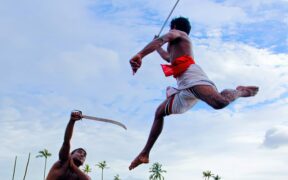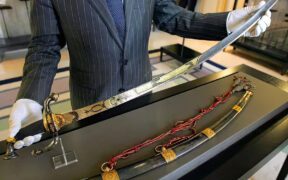Our content features commercial links to our products, committed to transparent, unbiased, and informed editorial recommendations. Learn More
16 Types of Curved Blade Swords From Around the World
NO AI USED This Article has been written and edited by our team with no help of the AI
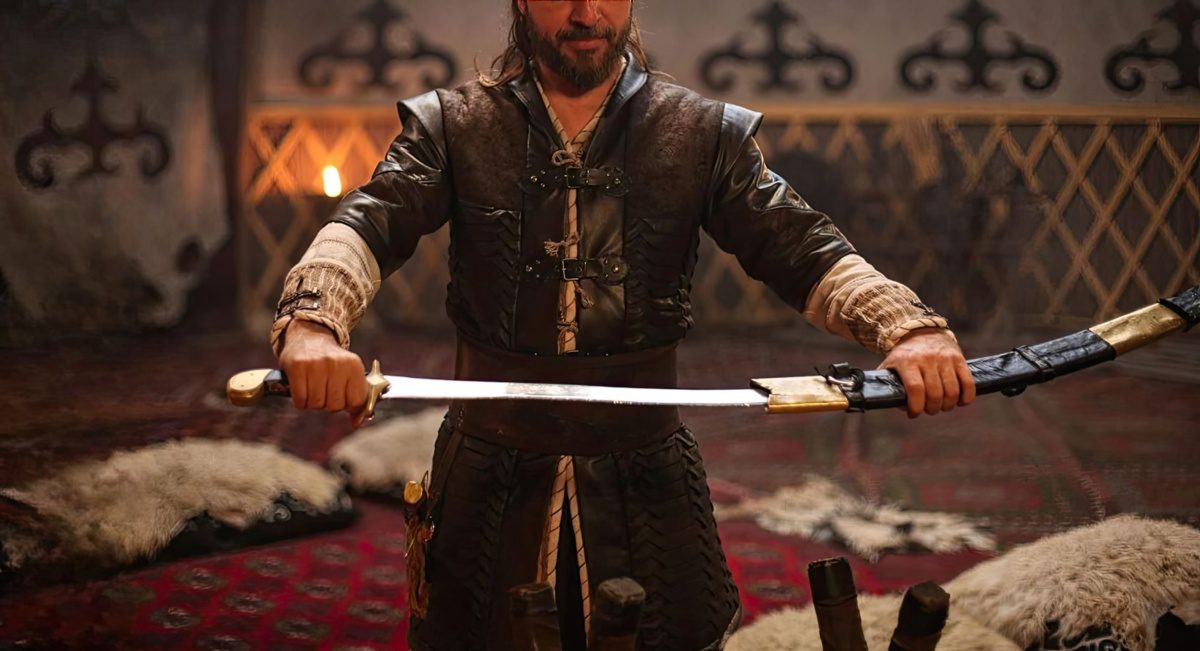
Swords with curved blades date back thousands of years and have been employed by several cultures and civilizations in battle. These weapons are dangerous, adaptable, and useful whether you’re on foot or horseback. The development of curved blade swords over time resulted in a wide variety of styles, each with its own illustrious past and cultural importance.
This article will mention some of the deadliest ones used in combat worldwide. We’ll begin with the most well-known examples, like the Katana, then move on to the ones with the most pronounced curves, like the Shamshir, and finally arrive at the earliest examples, the ancient Khopesh, whose curves resemble sickles.
1. Katana
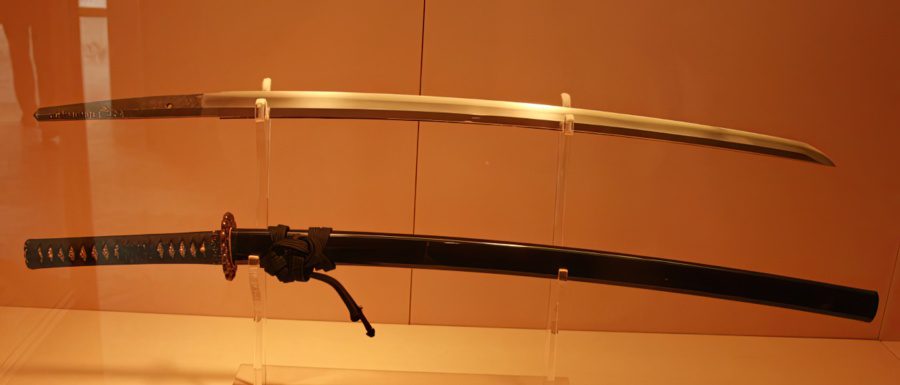
When discussing swords with curved blades, we must start with the Japanese samurai sword – the Katana. It might not be as strong as the legends and the internet says, but its sharpness and curve make it one of the most powerful cutting curved blades in history. It is one of the best-curved blades to try out today while using high-carbon steel to test its light weight and cutting power.
2. Tachi
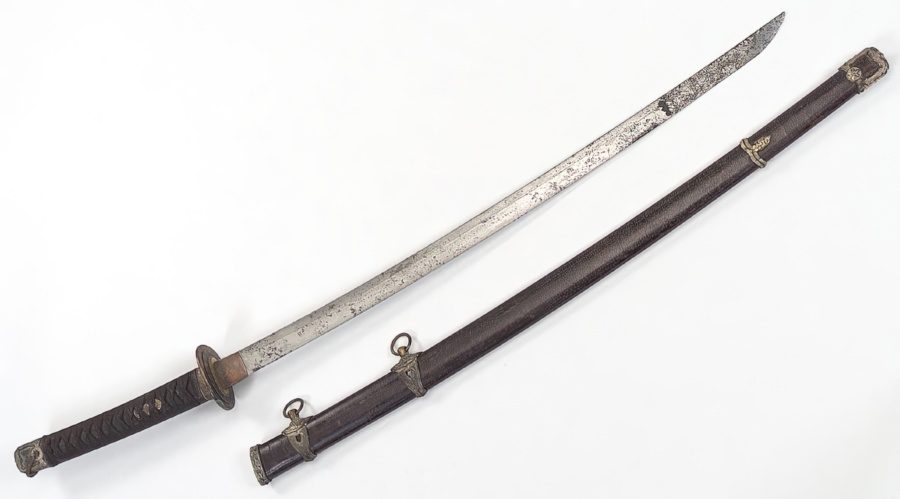
The Tachi, made 400 to 500 years before the Katana, started the trend of curved swords in Japan. It has a stronger curve than the Katana and is shorter, which makes it a great secondary slashing weapon that can easily be pulled from its scabbard (saya in Japanese) and plunged into the flesh of an enemy. It is presumed to have been used by the ninja combined with the smaller Tanto steel blade.
3. DaDao
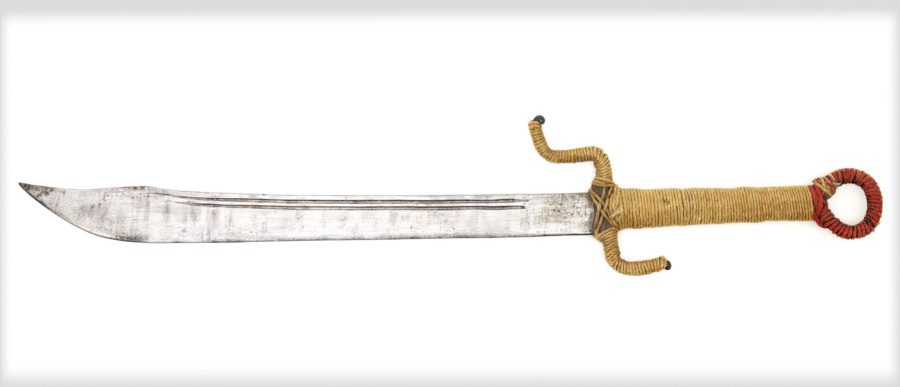
The Chinese Dadao sword has one of the most powerful curved blades ever crafted. It was made and used mainly to cut through bodies without armor. This blade is broad and wide and could easily cut off pieces of a person’s body with a single swipe, making it very popular throughout the 20th century.
4. Liuyedao
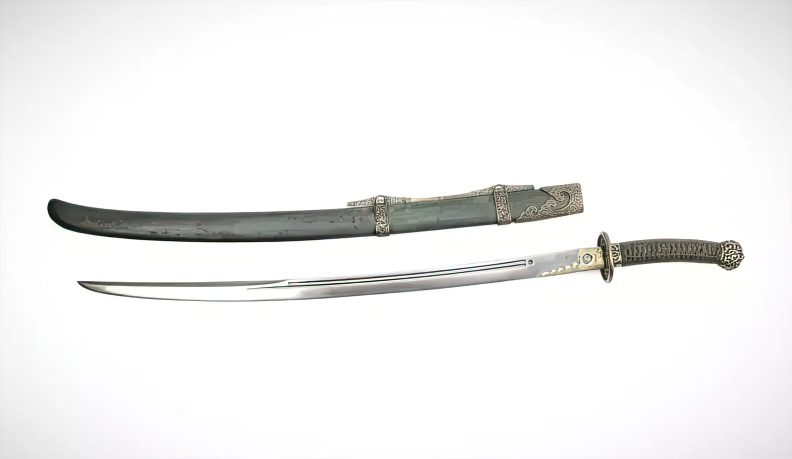
The Liuyedao, also called the Willow Leaf Saber because of how its blade is made, is another very popular Chinese curved blade. This Chinese sword has a blade that curves almost backward, with the neck of the blade forward and the tip of the blade pointing outward. This design makes it possible to cut deeply into flesh or even through gaps in armor.
5. Kukri
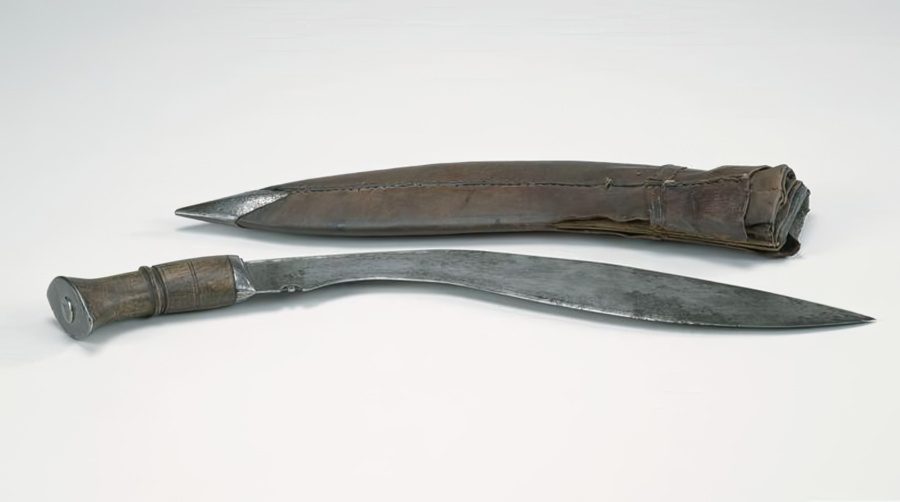
Kukri is the name of Nepal’s most dangerous short sword. It is a sword without a guard and with a recurved blade, making it the ideal curved weapon for slashing in close quarters. It was used in several past wars and the Gurkhas, a Nepalese military unit, still use it today for ceremonies and defense.
6. Talwar
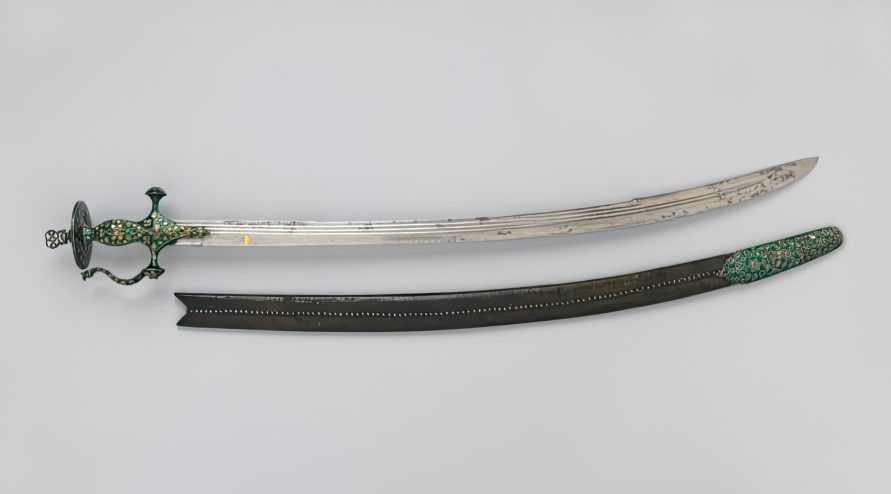
The Indian Talwar, also known as the Tulwar, is India’s most famous and well-known curved-blade sword. It was used in many of the country’s wars because it was so effective and completely replaced straight swords, like the Khanda, that had been used before. The Talwar was a great slicing weapon with a history of decapitating enemies.
7. Shamshir
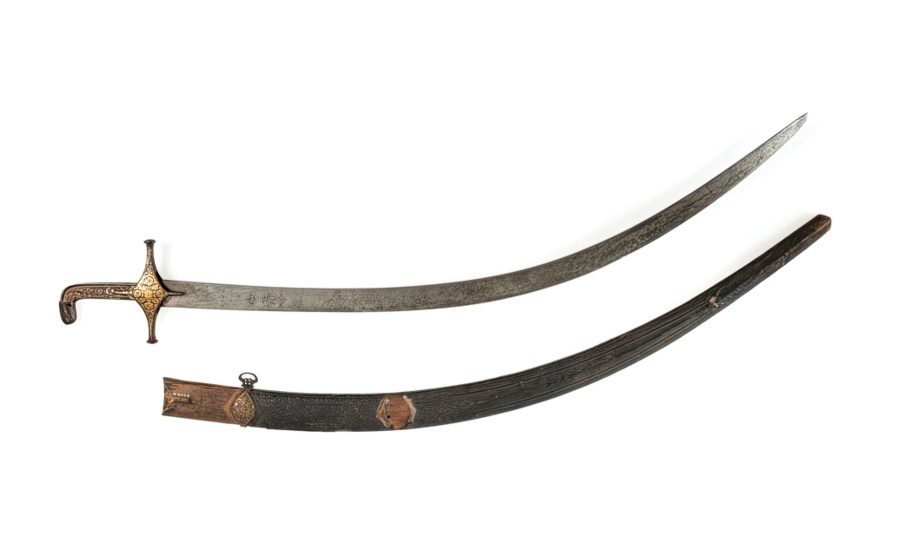
The Persian Shamshir is the most well-known type of middle eastern scimitar with a curved blade. This sword’s blade curves more than any other blade in the world. It makes it a very good weapon for slashing when used on horseback or even in close combat, but because of its sharp curve, it is not very effective for thrusting.
8. Kilij
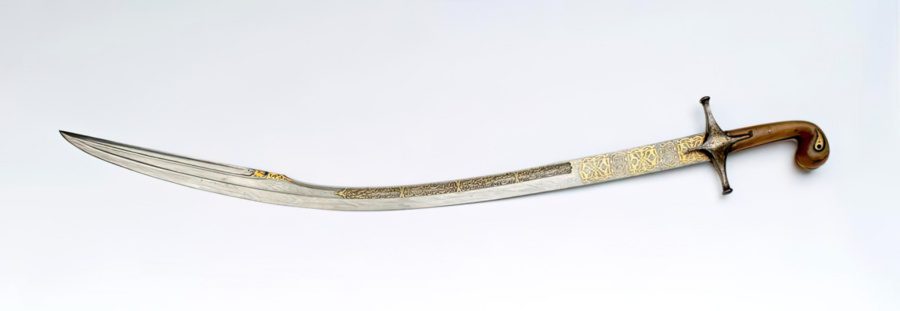
During The Ottoman Empire, which spanned over 600 years, the Turkish Kilij was the most popular sword. It had a unique shape, known as a “blade-widening tip, or “yalman,” which made it excel at slashing and cutting. The Kilij influenced many other curved blades because of its ability to do so.
9. Kopis
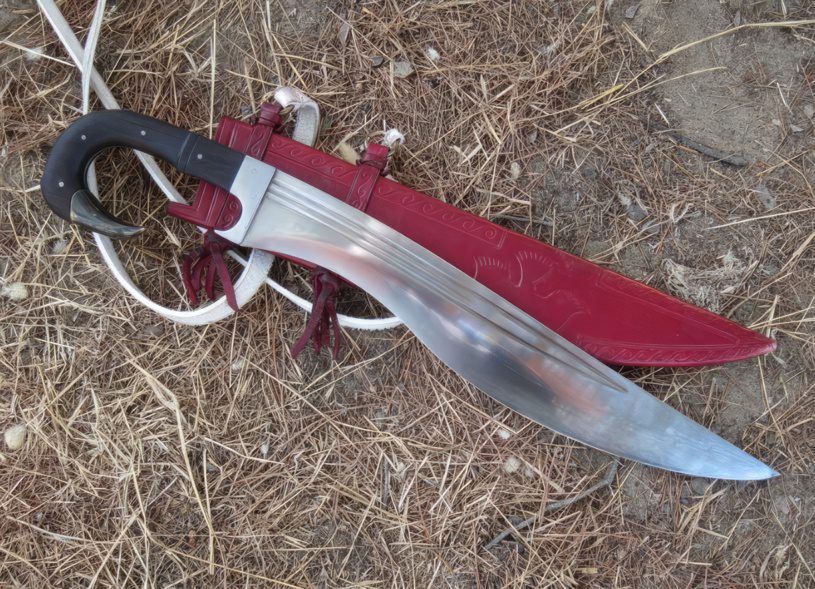
The Kopis is an ancient Greek sword with a curved blade that makes it one of the most popular swords for hacking and slashing. It worked well as a secondary weapon once the spear was no longer useful in battle, and when used with a shield, it was often deadly, even against armor.
10. Falcata
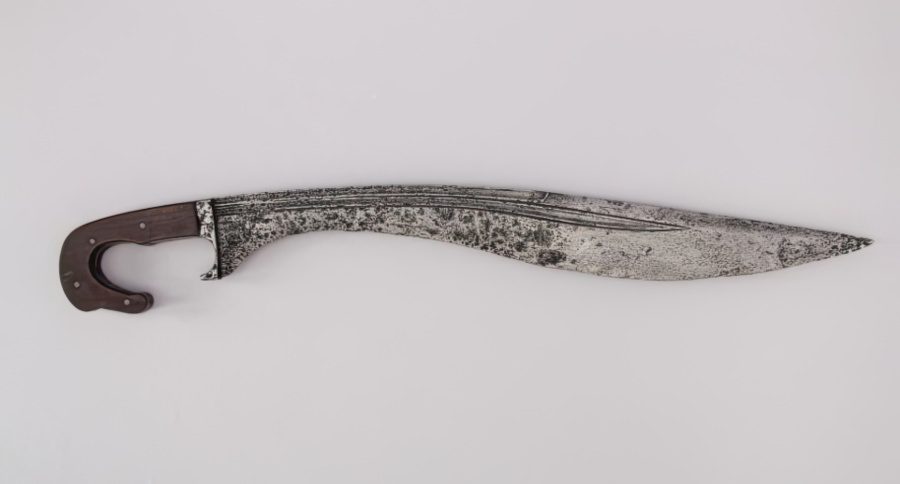
The Iberian Falcata is a short sword very similar to the Kopis. It was feared by the Romans because it could sometimes slice through armor, thanks to its design and powerful cutting motion. Some people think it could be thrown at an enemy like a boomerang because the blade is curved similarly.
Khopesh
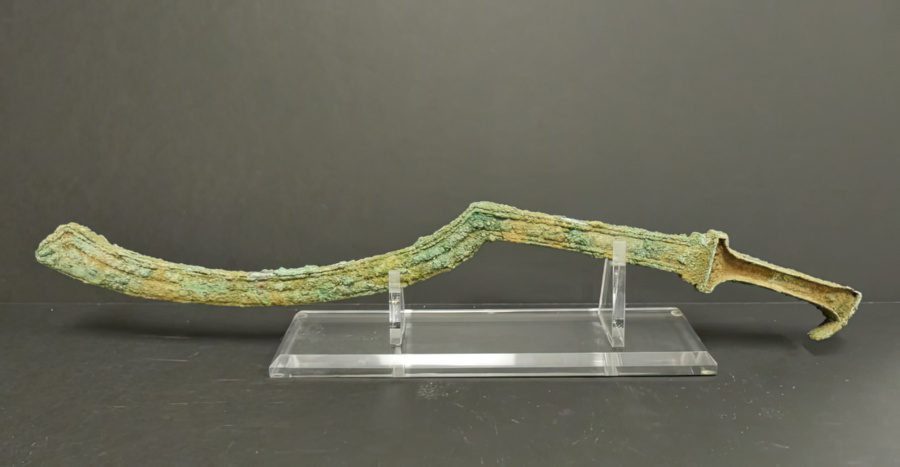
The ancient Egyptian Khopesh, believed to have been developed during the 16th century BC, is one of the world’s oldest swords with a curved blade, It was likely influenced by the Sumerian Sickle. Its blade is curved like a sickle, and despite being bronze, it was an excellent weapon for powerful slashing attacks.
11. Falx
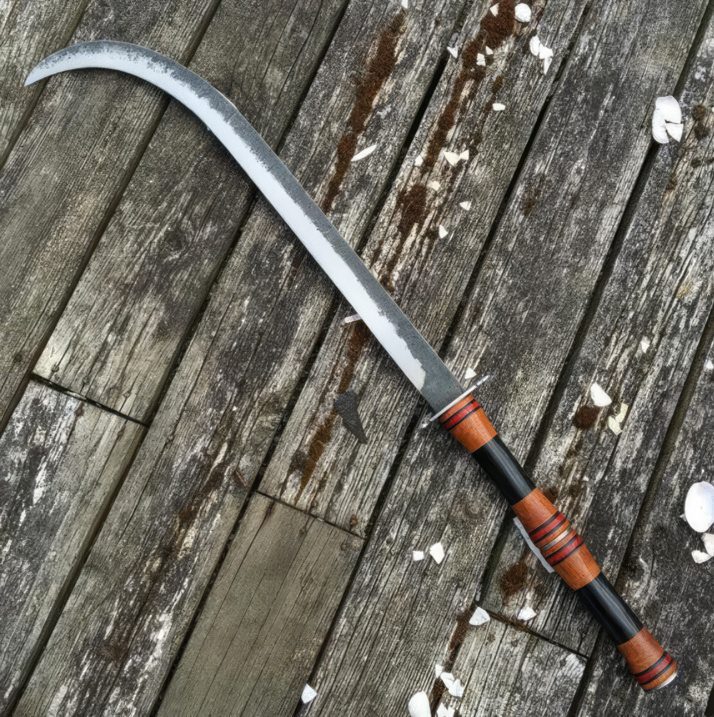
The Dacian Falx got its name from the ancient Dacians, as they commonly used it. It was the curved blade of Europe, changing how the Romans fought and what gear they wore in battle. The Falx and the bigger Rhomphaia have strong blades curved like a sickle and strong enough to break through shields and armor. It would be an ideal way to attack the enemy’s legs or torso and crack their helmets.
Falchion
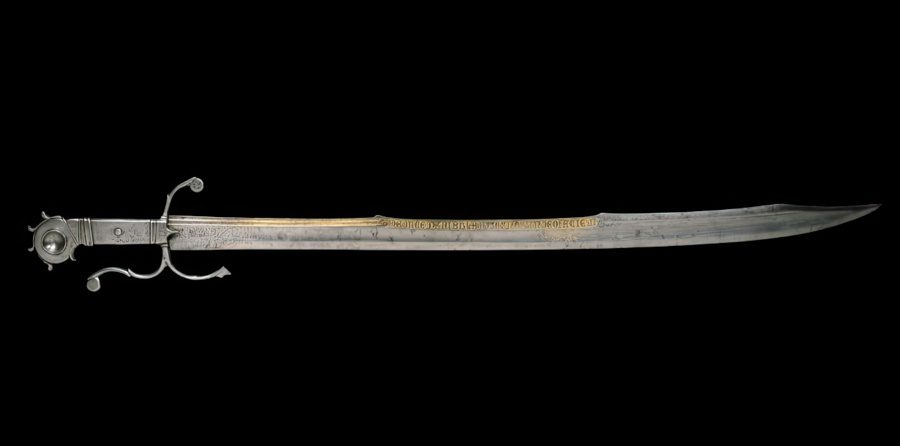
The Falchion was a single-edged European straight or slightly curved sword. It was very strong and could be used to cut or thrust. There are types with very wide or thin blades. Before sabers took over, these were the primary curved swords used in Europe. It had a full tang blade, which went through the handle and didn’t rely on its sharpness alone.
12. Shashka
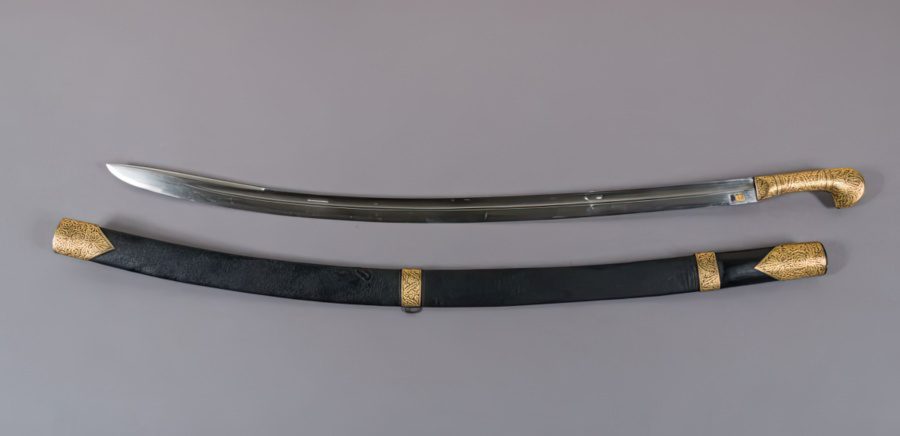
The Cossack Shashka is one of the fastest and most deadly European blades with a curved shape. This blade didn’t have any kind of guard to protect it, but it was the most popular weapon in the Russian Empire because it could attack effectively through unarmored opponents.
13. Cutlass
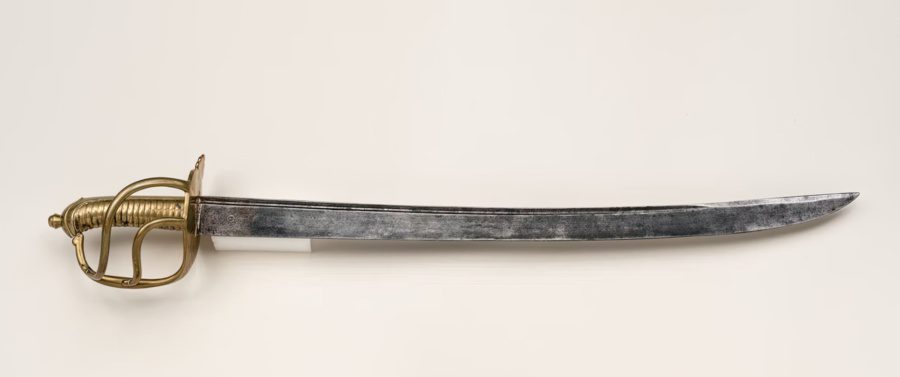
Throughout history, sailors and pirates have been known for using cutlass swords with curved blades. They are short and strong enough to be used for both defense and offense. Their curved blades let them strike quickly, and their large guards made them effective in close combat situations, such as on the deck of a ship.
14. European Sabers
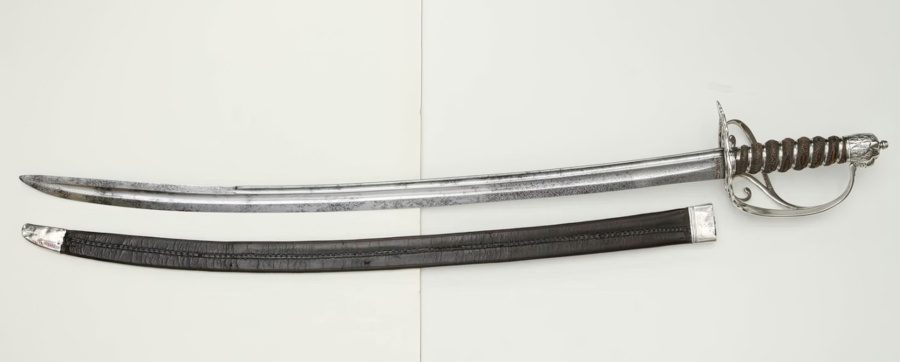
European sabers became the most common type of curved blade in Europe because they were made for quick strikes both on foot and, especially, while on horseback. Some military groups today still wear sabers as part of their uniforms, which became popular around the turn of the 19th century. Today these sabers are also one of the most popular stainless steel decorative swords.
Why Curved Blades?
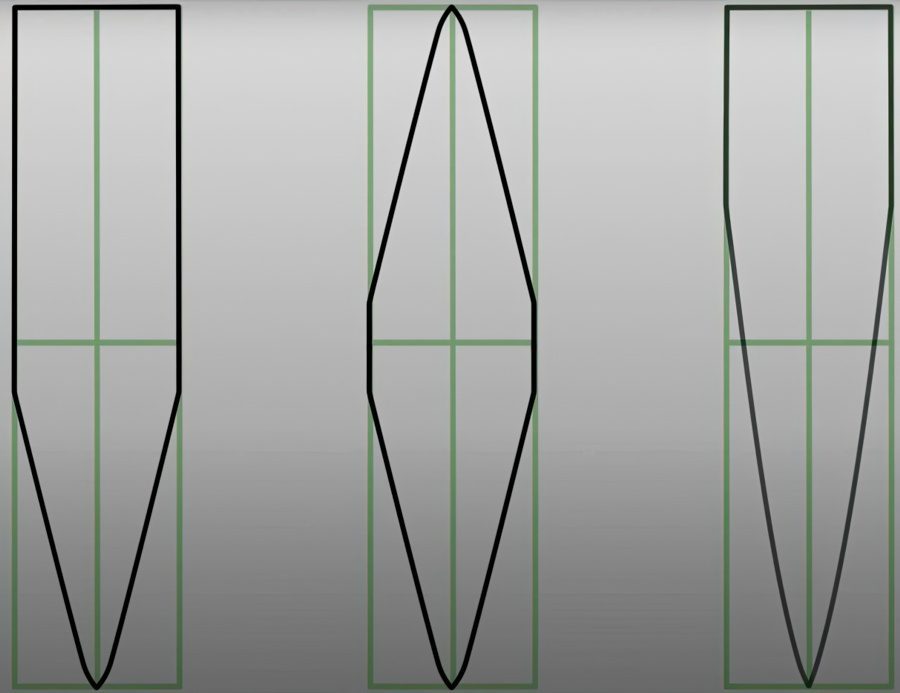
The primary necessity and motivation for single-edged blades are the reduced cost and ease of upkeep. Creating them took less time, effort, and material, and they were easier to master. With only one side of the blade sharpened, there was still plenty of steel to be sharpened, as seen in the third picture above, so that the blades could be razor-sharp.
To further enhance the razor sharpness and give its blade durability, it was shaped into a curve. A curving blade could spread out its damage to the enemy more. Combined with a mounted user’s speed and momentum, it was very deadly, especially against unarmored opponents. Curved swords could inflict bigger and deeper slicing wounds, were less likely to get stuck in the opponent’s armor, and excelled at quick mounted attacks.
